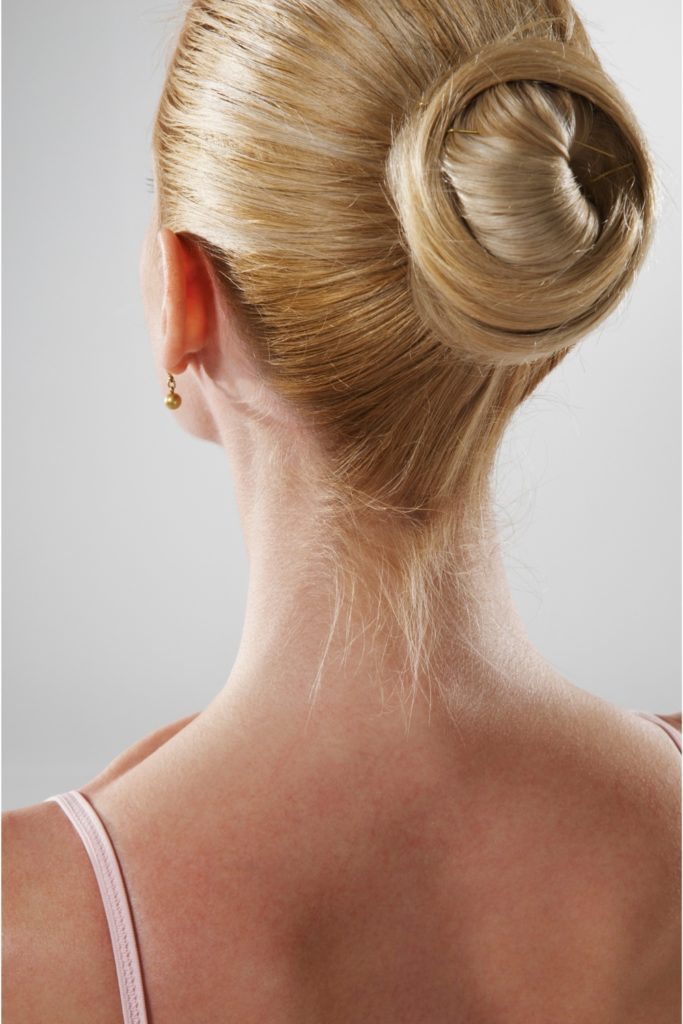10 Herbs To Know About For 2021
By
4 years ago
How to boost your health with nature
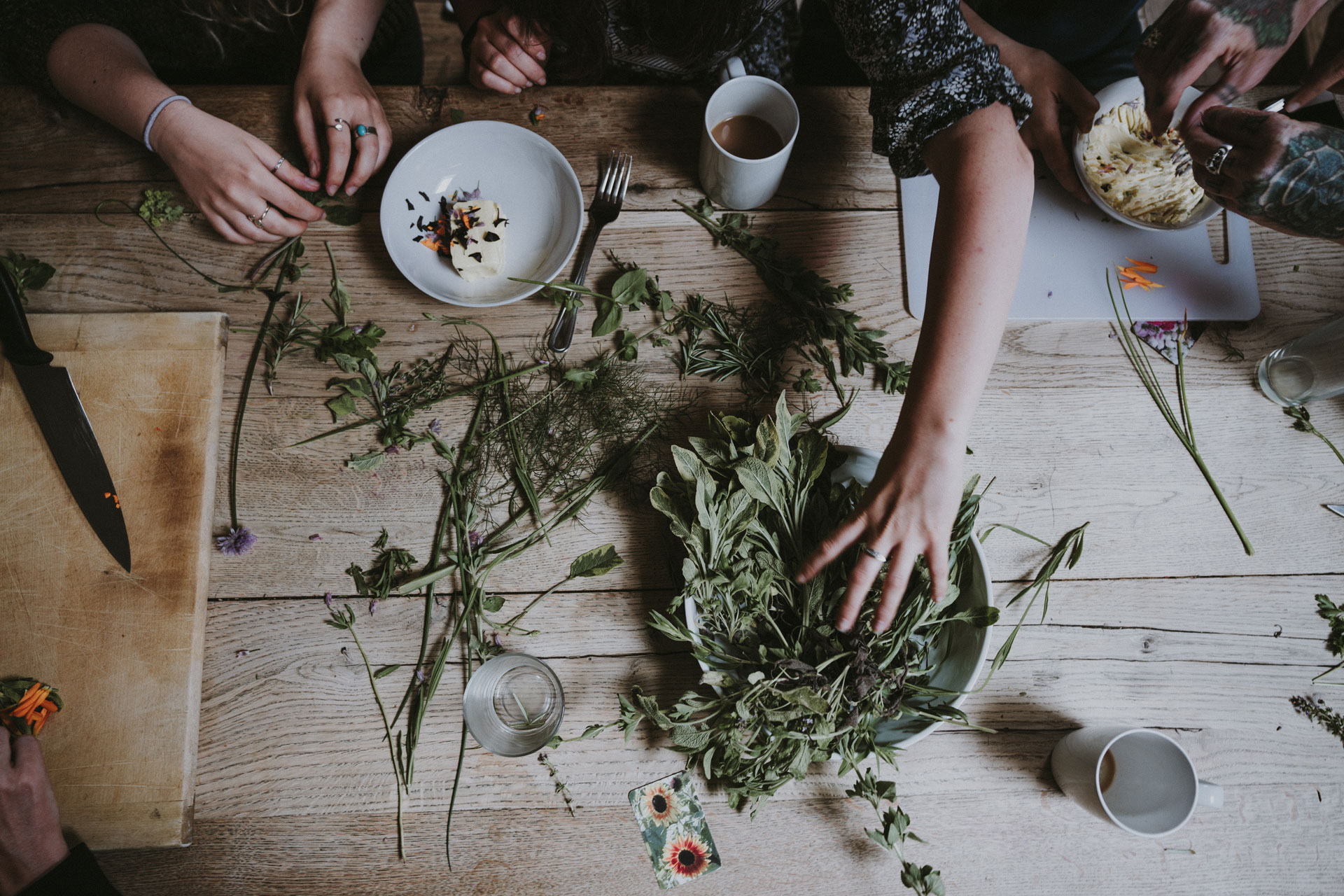
Jenya Di Pierro, Herbal Medicine Practitioner and founder of Cloud Twelve Club on the herbs she uses for healing, health and happiness
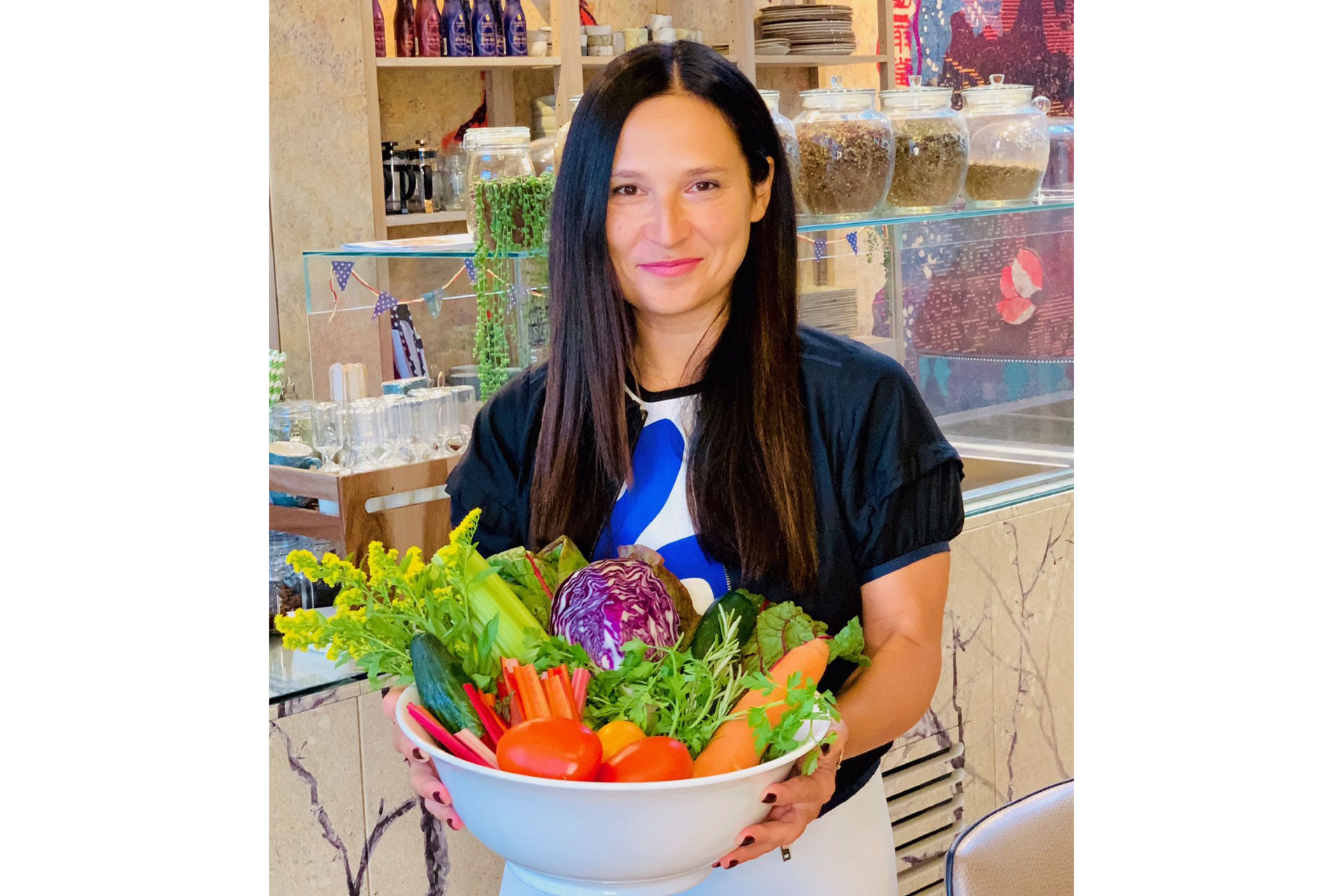
Herbs are my big passion and I use them for pretty much everything: herbal elixir shots to support various aspects of my health; botanical vinegars, which I use as salad dressings; herbal rinses for my hair, botanical teas and lattes. I also use herbs as first aid when I travel, and it’s quite handy that I can find many of them simply growing in a field (nettle, comfrey, yarrow). And of course you can make so many delicious season health boosting recipes from the herbs you forage.
Herbs are amazing as they absorb vital nutrients from soil in order to survive and thrive and this is what they do to our bodies. Their phytochemicals are recognised by our body as food, which makes them easily absorbed and therefore effective with low risk of side effects.
Once you start to use plants as medicine and feel their regenerative power, you will begin to live your life with long-lasting energy, balance and vitality, as well as much needed natural protection against pathogens.
Here are my top ten favourite herbs:
Echinacea for immunity
My favourite herb is probably Echinacea, which is best known for its effectiveness to combat colds, flu and many other bacterial, viral and fungal. It’s a great alternative to antibiotics especially for those who have developed resistance to them. Differently to antibiotics, Echinacea does not blindly attack bacteria; it increases activity of white blood cells in the body, which then differentiate between beneficial flora and pathogens.
Dandelion for detox
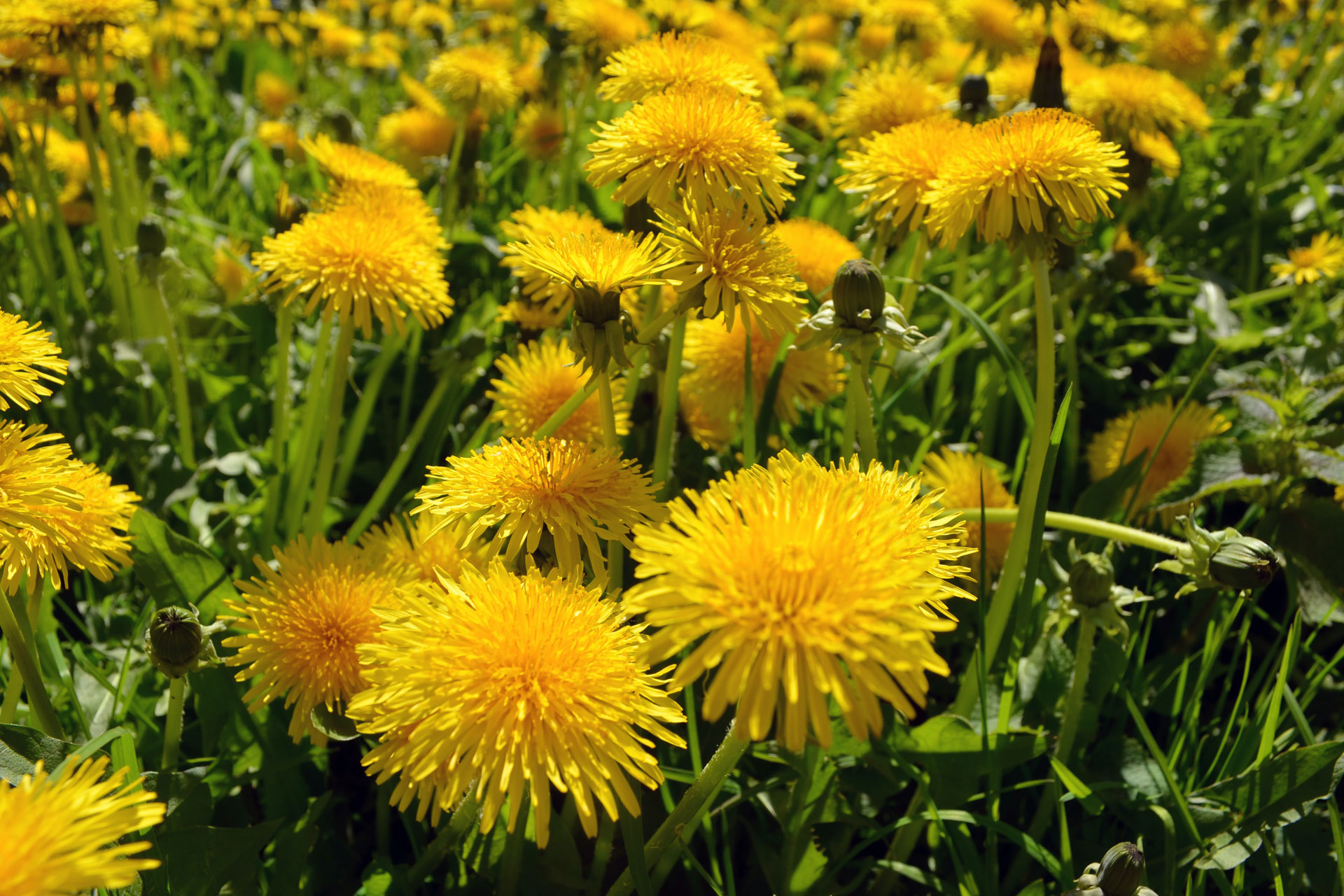
Dandelion tea is a gentle way to support liver and kidney detoxification channels. It’s rich in vitamins and minerals (it’s an excellent source of vitamins A, C, K, magnesium, calcium, iron and zinc), as well as valuable phytochemicals to increase secretion of digestive juices and enhance elimination.
The young leaves are traditionally eaten in the spring as a bitter detoxifying remedy to cleanse the body of wastes from heavy foods consumed in winter. Bitters in dandelion support digestive function by stimulating bitter receptors on the tongue, stomach, gallbladder and pancreas. Their primary effect is to promote digestive juices such as stomach acid, bile and enzymes to breakdown food and assist in the absorption of nutrients. Most bitters are excellent gut antimicrobials. Bitters are also cooling and will assist in alleviating inflamed conditions such as eczema or arthritis.
Rhodiola for mood and energy
My favourite ‘pick-me-up’ adaptogen – Rhodiola, which has been used for centuries to reduce fatigue, enhance alertness, improve memory and depressed mental states. Rhodiola is native to the harshest climates on the planet, Siberia and Scandinavia. It was popular with Vikings, who used it to enhance mental and physical endurance. Chinese emperors sent expeditions to get it, as they believed it to be the herb of immortality. In the mountain villages of Siberia a bouquet of Rhodiola is still given to newlyweds to enhance fertility.
A much better alternative to caffeine, Rhodiola improves mental and physical alertness almost instantaneously, without subsequent drop in energy levels, which often happens after caffeine wears off. On the contrary, by supporting adrenal function, Rhodiola stabilises energy production over time. Additionally, Rhodiola helps balance blood sugar levels, while caffeine tends to slow down glucose metabolism. Modern clinical trials support Rhodiola’s use for stress, burnout, chronic fatigue, moderate depression, weak immune function and several types of cancers.
Nettle for allergies
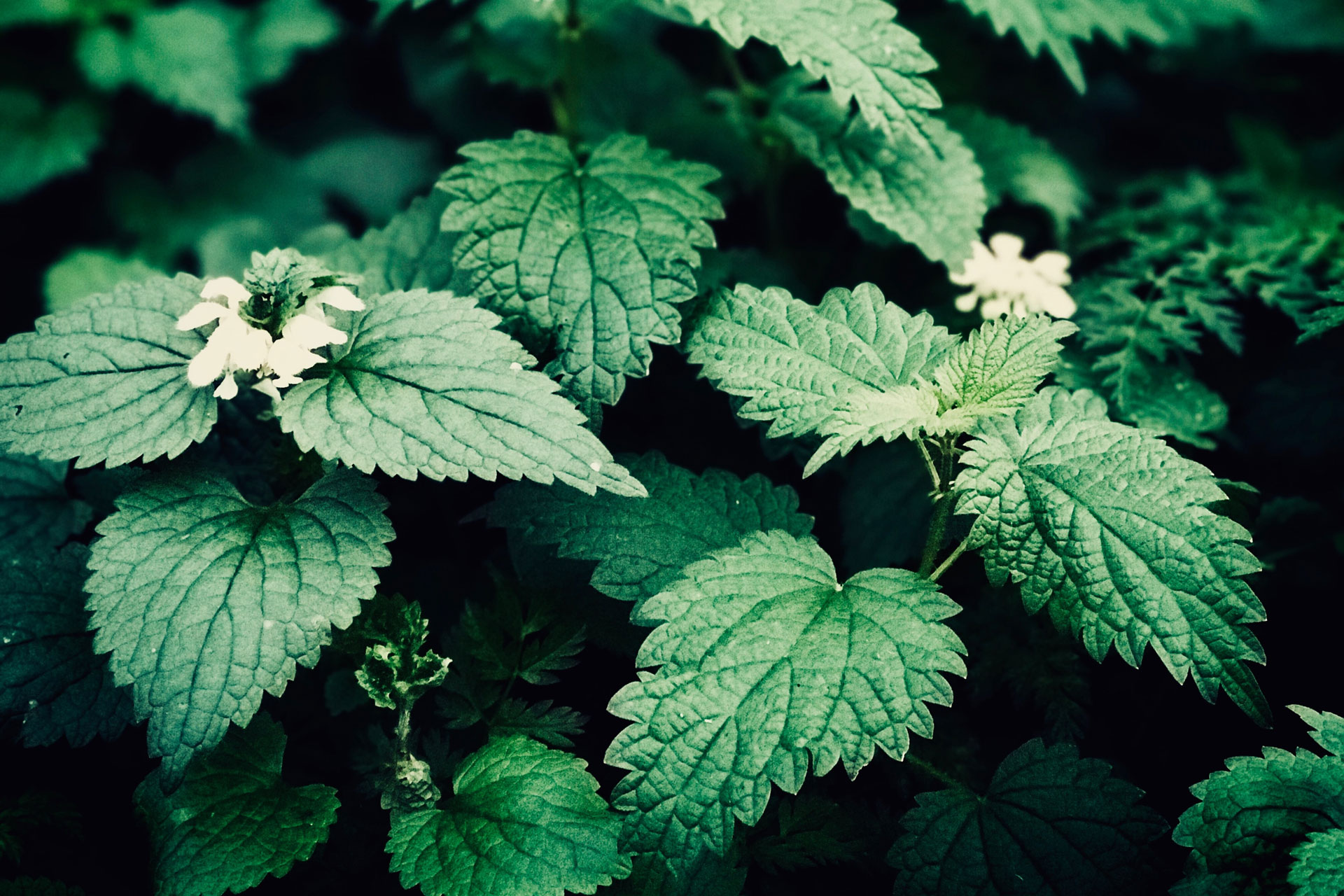
Nettle is an excellent all-around anti-histamine remedy and comes out in early spring just in time to treat hay fever. It’s full of vitamins and minerals (Vitamins A, C and K, as well as several B vitamins Calcium, iron, magnesium, phosphorus, potassium and sodium), contains natural anti-histamines, has powerful cleansing properties for the blood and lymph, which also makes it a great herb for skin and hair.
One of the traditional remedies for eczema and allergic rhinitis, nettle inhibits prostaglandin formation, reducing inflammation, and blocks the receptor sites that histamine usually binds to, helping alleviate allergies and ease symptoms like sneezing, nasal congestion, and itching. One delicious way to harness the healing powers of this herb is by making soups and pesto from it or making an infusion.
Sage for sore throats
Sage will grow on your windowsill all year round. It was regarded as immortality herb by the ancient Greeks, possibly because of its potent antioxidant and rejuvenative effects. In modern days, sage infusions are made to relieve colds, flu, fevers and chest infections. Also sage inhalations and gargles are very popular to alleviate sore throats and kill microbes and viruses in the upper respiratory.
Comfrey for broken bones
I love using comfrey for trauma, it is called ‘knitbone’ in folklore for its ability to regenerate tissues and ‘knit the bones back together’. Comfrey contains allantoin, known as ‘cell proliferator’, this chemical supports tissue healing, externally and internally and also happens to be a substance, produced by the umbilical cord of pregnant women to assist in rapid cell growth of a fetus. Tannins in comfrey cause sufficient astringency and antihaemorrhagic effect to make stitching often unnecessary. Rosmarinic and other phenolic acids have powerful anti-inflammatory and anti-oxidant action, while choline helps injured blood vessels and nerve endings to repair. Finally, mucilage, plays an important role in soothing the pain of the inflamed tissues.
Complex biochemical interaction of these constituents make comfrey an essential remedy for fractures, sprains, strains, myalgia, swollen bruises, and various types of inflammatory conditions, including arthritis.
Passion flower for restful sleep
Passionflower is one of the most popular plants in the herbal world to alleviate neuralgia, nervous system disorders, and insomnia. It is an excellent relaxant for stress-related and painful conditions, known to calm nervous anxiety, sooth pain and support restful sleep.
It does the same on the energetic level. It is now known that many devices, like cellphone’s, computers, televisions produce what is called ELF frequencies (extremely low frequencies), which create biological stress on every cell in the body. Passionflower is believed to assist in the release of these negative energies into the earth, calming agitation and helping mind transition to higher consciousness.
St John’s Wort to lift your mood
St John’s Wort is best known for its ability to alleviate depression, nervous tension, SAD and all kinds of neuralgic pain. It is thought that St John’s wort works in a similar way to antidepressant medication. Research suggests that it increases the activity of brain chemicals such as serotonin and noradrenaline that are thought to play an important part in regulating our mood. However it can not be taken with any pharmaceutical medication, as St John’s Wort speeds up breakdown of drugs, clearing them out of the body faster than expected, which also makes it an excellent liver herb.
Motherwort for anxious states
Motherwort has been praised since the days of ancient Greeks as a relaxing remedy for expectant mothers to calm nervous tension prior and during labour, hence its name. Nowadays it is also used as a go to herb for anxiety, panic attacks, and palpitations and irregular heart rates. Being extremely bitter motherwort also supports healthy digestion.
Hawthorn for physical and emotional heart support
Hawthorn incredibly healing for the heart on a physical and emotional level. Traditionally used to help open the heart to giving and receiving love, to heal heartache and to provide support during times of transition.
Hawthorn also contains valuable antioxidant flavonoids that improve blood circulation, maintain integrity of blood vessels and strengthen heart muscle. It’s a number one herb to regulate your blood pressure and heartbeat, and also helps to prevent clotting and subsequent heart attacks.
You can if you want to, simply infuse or even eat the spring leaves and flowers as they are – in fact they were once a popular snack, assuming the moniker ‘bread and cheese’ (despite tasting nothing like bread and cheese!). I however prefer them in a cheeky evening treat as a Hawthorn Brandy, made from ripe berries found during autumn.
How do you use herbs in your day to day life?
Herbs are my big passion and I use them for pretty much everything: herbal elixir shots to support various aspects of my health; botanical vinegars, which I use as salad dressings; herbal rinses for my hair, botanical teas and lattes. I also use herbs as first aid when I travel, and it’s quite handy that I can find many of them simply growing in a field (nettle, comfrey, yarrow). And of course you can make so many delicious season health boosting recipes from the herbs you forage.
@jenyadipierro; cloudtwelve.co.uk
READ MORE:
Everything You Need To Know About Turmeric / How To Eat For Better Sleep




